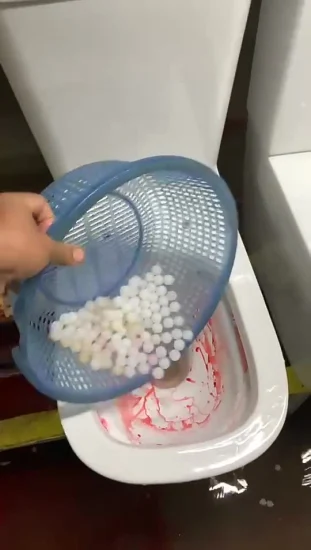Are You Allowed to Flush Food Down the Toilet?
Are You Allowed to Flush Food Down the Toilet?
Blog Article
They are making several great points on What Can Happen If You Flush Food Down the Toilet? in general in this content below.

Introduction
Many people are often faced with the problem of what to do with food waste, particularly when it concerns leftovers or scraps. One usual question that develops is whether it's fine to purge food down the commode. In this short article, we'll look into the reasons why people could take into consideration purging food, the consequences of doing so, and alternative techniques for proper disposal.
Reasons individuals could consider flushing food
Lack of understanding
Some individuals may not recognize the prospective harm triggered by purging food down the commode. They may erroneously think that it's a safe method.
Ease
Purging food down the bathroom might appear like a quick and very easy solution to disposing of undesirable scraps, especially when there's no nearby trash can available.
Laziness
Sometimes, individuals may merely select to flush food out of large negligence, without considering the repercussions of their actions.
Repercussions of flushing food down the toilet
Environmental effect
Food waste that winds up in rivers can add to contamination and harm water ecological communities. Additionally, the water made use of to purge food can stress water sources.
Pipes concerns
Flushing food can cause clogged up pipelines and drains pipes, creating pricey plumbing repair work and hassles.
Types of food that should not be purged
Fibrous foods
Foods with coarse structures such as celery or corn husks can obtain tangled in pipelines and trigger clogs.
Starchy foods
Starchy foods like pasta and rice can absorb water and swell, resulting in blockages in pipelines.
Oils and fats
Greasy foods like bacon or cooking oils need to never be purged down the bathroom as they can solidify and create blockages.
Appropriate disposal approaches for food waste
Utilizing a garbage disposal
For homes equipped with garbage disposals, food scraps can be ground up and purged via the plumbing system. Nonetheless, not all foods are suitable for disposal in this way.
Recycling
Specific food product packaging products can be reused, minimizing waste and reducing environmental impact.
Composting
Composting is a green means to throw away food waste. Organic products can be composted and made use of to enhance dirt for gardening.
The significance of appropriate waste management
Lowering ecological injury
Appropriate waste administration techniques, such as composting and recycling, help reduce air pollution and maintain natural resources for future generations.
Securing pipes systems
By preventing the practice of flushing food down the toilet, property owners can protect against expensive plumbing repair services and preserve the stability of their pipes systems.
Conclusion
To conclude, while it may be alluring to purge food down the commode for comfort, it's important to comprehend the potential effects of this activity. By adopting correct waste monitoring practices and taking care of food waste properly, individuals can contribute to much healthier pipes systems and a cleaner setting for all.
FLUSH FOOD DOWN THE TOILET?
FLUSHING FOOD CAN CAUSE BLOCKED DRAINS IN YOUR HOME
All of the plumbing fixtures in your home are connected to the same sewer pipe outside of your home. This outdoor sewer pipe is responsible for transporting all the wastewater from your home to the Council sewer mains. Even small pieces of food that go down the kitchen sink can cause problems for your sewer. It should therefore be obvious that flushing larger bits of food, such as meat, risks a clog in either the toilet itself or the sewer pipes. Flushing greasy food is even more problematic because oil coagulates when it cools, coating the interior lining of your pipes.
THE TOILET IS NOT A BIN
Food isn’t the only thing that people shouldn’t be flushing down the toilet. People use the toilet to dispose of all kinds of things such as tampons, makeup wipes, dental floss, kitty litter and even underwear. Water goes to great lengths to educate residents about the high costs and stress placed on wastewater treatment systems simply from people flushing the wrong stuff down the toilet. It costs taxpayers millions of dollars each year, and homeowners thousands in blocked drain repairs.
FLUSHING FOOD IS A WASTE OF WATER
Flushing food is a waste of our most precious resource - water. In June this year Level 1 water restrictions were introduced to protect water supply from drought conditions. Much of New South Wales continues to be affected by prolonged drought with recent figures revealing up to 97 per cent of the state remains in drought. Depending on whether you have a single or dual flush toilet, every single flush uses between five and 11 litres of water. In the current climate this is a huge amount of water to be wasting on flushing food that should be placed in the bin (or better yet, the compost).
https://www.jabplumbingsolutions.com.au/blog/can-you-flush-food-down-the-toilet

I'm just very occupied with What Can Happen If You Flush Food Down the Toilet? and I really hope you enjoyed the new blog entry. Sharing is nice. You never know, you may be doing someone a favor. We thank you for your readership.
Visit The Following Page Report this page